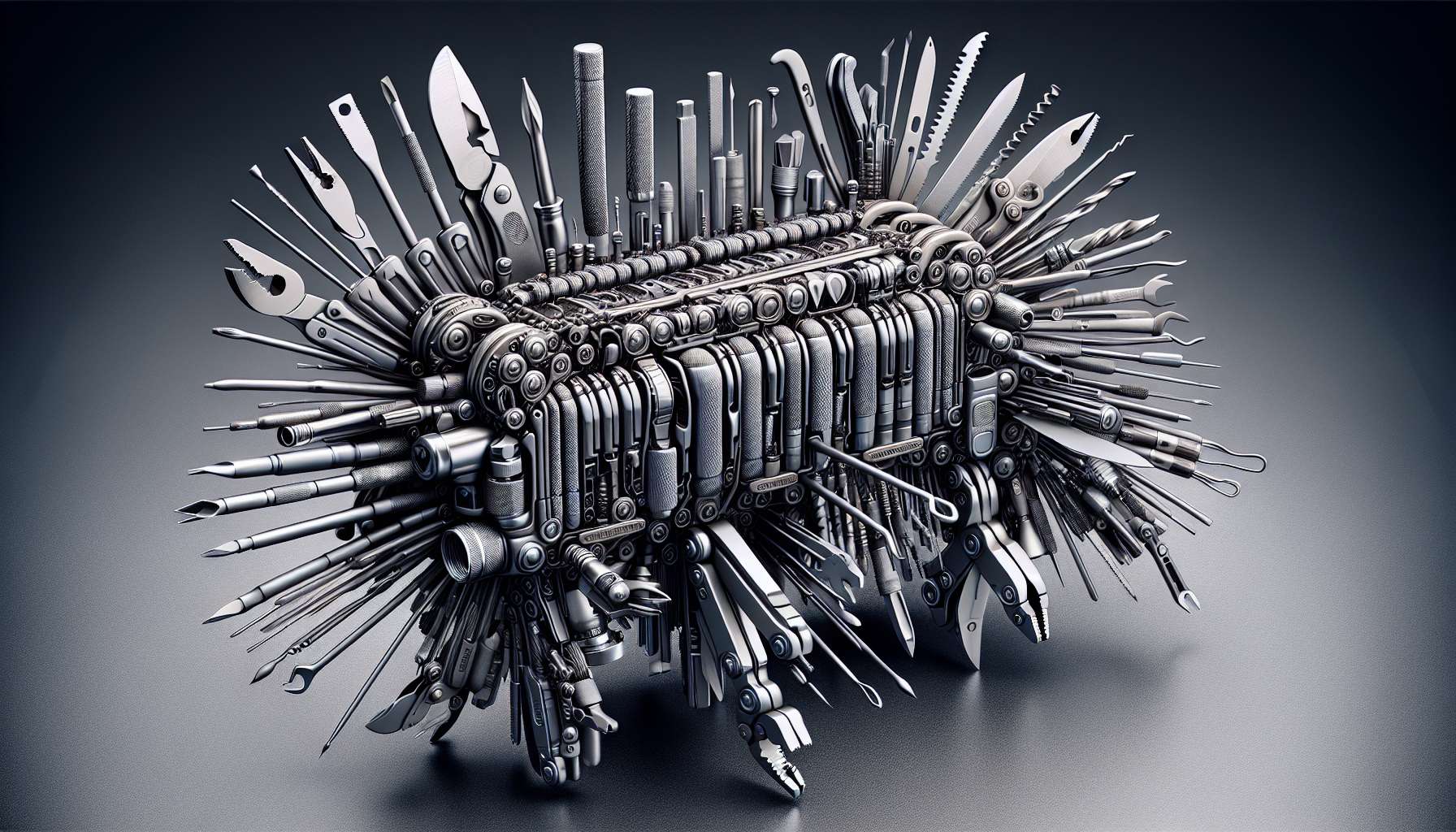The Complete Guide to Belay Devices: Everything You Need to Know
Introduction
Are you an avid climber looking to enhance your safety and efficiency on the rock face? Or perhaps you’re just starting out in the world of climbing and want to understand the essential equipment that can save your life. Belay devices are a crucial component of any climber’s gear, providing the necessary friction to control the rope during a climb. But what exactly are belay devices, and how do they work? In this comprehensive guide, we’ll delve into the world of belay devices, exploring their history, different types, applications, and the importance of using them correctly.
Imagine hanging off a vertical cliff, with only a rope connecting you to your belayer below. Without a reliable belay device, the consequences of a fall could be disastrous. Belay devices have evolved over the years to enhance safety and efficiency in climbing, becoming an essential tool for climbers of all levels. So, let’s unravel the mysteries of belay devices and discover how they play a crucial role in the world of climbing.
The History of Belay Devices
The history of belay devices dates back to the early days of climbing when primitive tools were used to safeguard climbers during their ascent. In the early 19th century, climbers relied on techniques such as body belaying, where the climber’s own body was used to arrest a fall. However, with the advancement of climbing techniques and equipment, dedicated belay devices were developed to provide a more secure and efficient way of controlling the rope.
One of the earliest forms of belay devices was the Sticht plate, invented by German climber Franz Sticht in the 1950s. The Sticht plate revolutionized belaying by offering a mechanical device that could provide friction and control the rope during a fall. Over the years, the design and technology of belay devices have continued to evolve, with modern devices incorporating innovative features such as assisted braking and auto-locking mechanisms.

Types of Belay Devices
There are several types of belay devices available in the market, each designed for specific climbing techniques and scenarios. The two main categories of belay devices are passive and active devices. Passive devices rely on friction generated by the rope to control the descent, while active devices use mechanical systems to provide assisted braking and locking mechanisms.
Passive Belay Devices
Passive belay devices, such as the classic tube-style device, are simple in design and function by threading the rope through the device to create friction during a fall. These devices are lightweight, versatile, and suitable for a wide range of climbing styles, from sport climbing to trad climbing. Popular examples of passive belay devices include the Black Diamond ATC and Petzl Verso.

Active Belay Devices
Active belay devices incorporate mechanical components that enhance safety and control during a climb. These devices often feature assisted braking systems that engage automatically in the event of a fall, reducing the risk of a sudden drop. Some active devices also offer additional features such as guide mode for belaying multiple climbers or lowering with ease. Examples of active belay devices include the Petzl GriGri and the Edelrid Mega Jul.

How Belay Devices Work
Understanding the mechanics of belay devices is essential for using them effectively and safely during a climb. The basic principle behind belay devices is to create friction between the rope and the device to control the descent of the climber. When a climber falls, the belayer’s job is to arrest the fall by applying friction to the rope using the belay device.
Passive belay devices achieve friction by wrapping the rope around the device or creating bends in the rope to increase surface contact and generate resistance. Active belay devices use mechanical components such as camming mechanisms or friction plates to provide assisted braking and locking functions. These devices offer a higher level of control and security, especially in dynamic climbing situations.
Best Practices for Using Belay Devices
Proper usage of belay devices is crucial for ensuring the safety of both the climber and the belayer. Here are some best practices to keep in mind when using belay devices:
1. Read the Instructions
Before using a belay device, make sure to read the manufacturer’s instructions carefully to understand how the device works and any specific guidelines for usage. Different belay devices may have unique features and requirements, so familiarize yourself with the device before hitting the crag.
2. Conduct Regular Inspections
Inspect your belay device regularly for signs of wear and tear, such as sharp edges or frayed ropes. Replace any damaged parts or devices to ensure optimal performance and safety during climbs.
3. Practice Proper Technique
Mastering the proper belay technique is essential for maintaining control and safety during a climb. Practice feeding out slack, lowering a climber, and arresting falls to build confidence and proficiency in belaying.
4. Communicate Effectively
Clear communication between the climber and belayer is key to a successful climb. Establish signals and commands to coordinate movements and actions during the climb, ensuring a smooth and safe ascent.
Common Misconceptions About Belay Devices
Despite their importance in climbing safety, belay devices are often surrounded by myths and misconceptions that can lead to confusion among climbers. Let’s debunk some common misconceptions about belay devices:
1. Belay devices are foolproof
While belay devices provide critical safety mechanisms, they are not foolproof and can malfunction if not used correctly. It’s essential to follow proper procedures and guidelines when using belay devices to minimize the risk of accidents.
2. All belay devices are the same
Not all belay devices are created equal, and each device has unique features and functionalities that cater to different climbing styles and preferences. It’s essential to choose a belay device that suits your climbing needs and skill level.
Expert Opinions on Belay Devices
We reached out to professional climbers and gear experts to gather their insights on the importance of belay devices in climbing. Here’s what they had to say:
“Belay devices are a crucial piece of gear that can make or break a climb. Choosing the right device for the terrain and conditions can significantly impact safety and performance on the rock.” – Emily Harrington, Professional Climber
“I always emphasize the importance of proper belay technique and device usage to my students. Building a strong foundation in belaying skills is essential for becoming a competent and responsible climber.” – Alex Honnold, Free Solo Climber
Conclusion
To wrap things up, belay devices are indispensable tools in the world of climbing, providing essential safety and control during ascents and descents. Understanding the different types of belay devices, how they work, and best practices for usage is key to enhancing safety and efficiency on the rock face. By following proper procedures, practicing good communication, and staying informed about the latest advancements in belay technology, climbers can enjoy their passion for climbing while staying safe and secure.
Whether you’re a seasoned climber or a novice just starting out, investing in a reliable belay device and mastering its usage can make all the difference in your climbing experience. So, next time you hit the crag, remember the importance of your belay device and trust in its ability to keep you safe on your climbing adventures.




